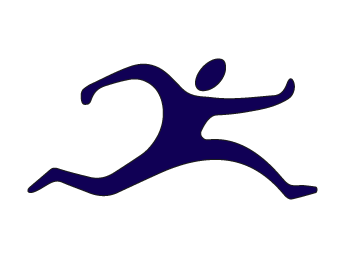How To Protect Your Gymnasium Floors This Winter
As winter sets in, ensuring the longevity and performance of your gym floors becomes crucial. The colder months bring unique challenges that can affect the integrity of hardwood flooring. In this blog post, we’ll explore effective strategies to protect your gymnasium floors this winter, allowing you to maintain a pristine and safe environment for athletes and fitness enthusiasts.
Increased Foot Traffic:
Winter often coincides with increased indoor activities, leading to higher foot traffic in gyms. While this is excellent for business, it can take a toll on your floors. Implementing a proactive cleaning routine, including regular sweeping and mopping, helps prevent the accumulation of dirt and moisture, preserving the beauty and durability of your gymnasium floors. Learn how to protect your gymnasium floors this winter with these tips:
- Place doormats at all entrances of the gymnasium.
- Daily dust mopping, spot cleaning, and buffing.
- Use heavy duty floor covers for assemblies and celebrations.
Temperature Fluctuations:
Extreme temperature variations common during winter can impact the stability of hardwood. As indoor heating systems combat the cold, it’s essential to maintain a consistent temperature to prevent wood contraction and expansion. Protect your gymnasium floors this winter by investing in a climate control system. The system can regulate temperature fluctuations, minimizing the risk of damage to your gymnasium floors.
- Maintaining a consistent indoor environment is important to protect your floors.
- Keep the gym at a comfortable temperature in the 60s or 70s.
- If there are exterior doors connected to the gym, they should be properly weatherproofed to keep moisture and cold air outside.
Leaks or Burst Pipes:
Winter brings the risk of leaks or burst pipes, posing a significant threat to your gym floors. Regularly inspecting the facility for potential vulnerabilities, insulating exposed pipes, and having a well-defined emergency response plan can mitigate the risk of water damage. Swift action in the event of a leak is crucial to protect your gymnasium flooring this winter.
- Check the roof in the fall to ensure watertight seals are around all windows and exterior doors.
- Water expands when it freezes so frozen water in cracks around window frames or the roof structure can cause a bigger opening when it melts.
Safeguarding from Dry Air:
Cold winter air tends to be dry, and heating systems further reduce indoor humidity levels. Low humidity can cause wood to dry out and crack. Combat this by installing humidifiers to maintain an optimal humidity range. This not only protects your gymnasium floors but also contributes to a more comfortable and healthier indoor environment.
- It is vital to monitor humidity levels to avoid shrinkage between wooden floorboards.
- The optimal relative humidity is between 35% and 50%.
- Preventing air from being too dry or damp will help protect your gymnasium floors from damage in any season, especially winter.
Protect your gymnasium floors this winter with a combination of preventive measures and swift responses. By addressing increased foot traffic, temperature fluctuations, leaks, and dry air, you can ensure that your gym floors remain in top condition throughout the winter months. With these strategies in place, you’ll be ready to welcome athletes and fitness enthusiasts to a safe and well-maintained space.
Learn More About the Services We Offer at Miller Sports Construction

